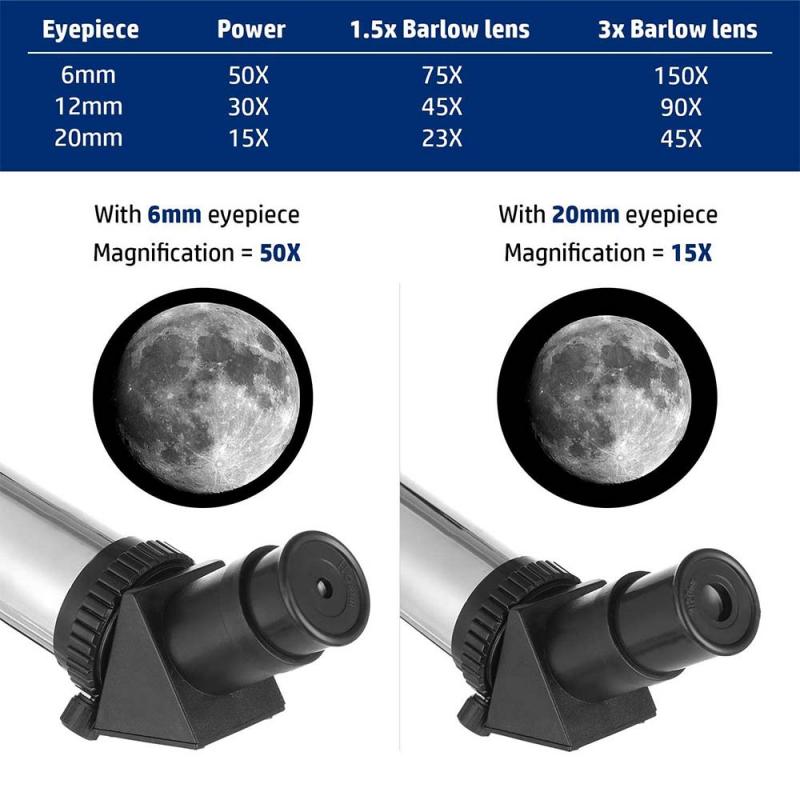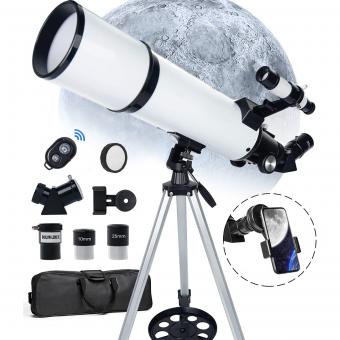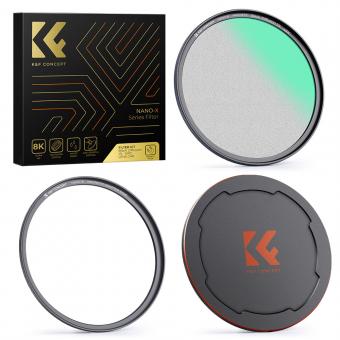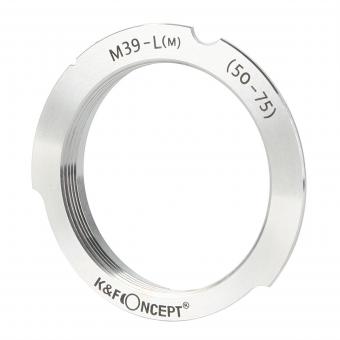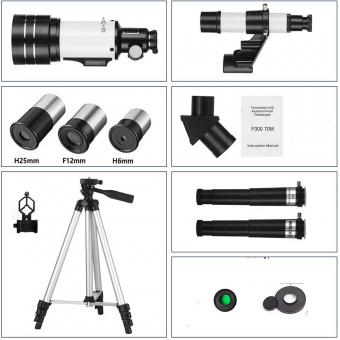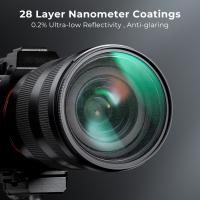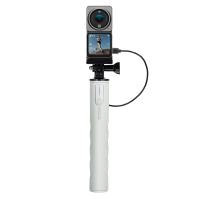70mm Telescope What Can You See With ?
With a 70mm telescope, you can see a variety of celestial objects such as the Moon, planets like Jupiter and Saturn, star clusters, and some brighter nebulae. The telescope's aperture size is relatively small, so it may not provide the same level of detail as larger telescopes, but it is still a great tool for beginners and amateur astronomers. With proper alignment and focusing, a 70mm telescope can provide clear and detailed views of the night sky.
1、 Planets and their moons
A 70mm telescope is a great tool for observing the night sky. With this telescope, you can see a variety of celestial objects, including planets and their moons. The planets that are visible with a 70mm telescope include Jupiter, Saturn, Mars, and Venus. These planets are some of the brightest objects in the night sky and are easily visible with a small telescope.
When observing Jupiter, you can see its four largest moons, known as the Galilean moons. These moons are named after the astronomer Galileo Galilei, who first observed them in 1610. The moons are named Io, Europa, Ganymede, and Callisto. They are some of the largest moons in the solar system and are fascinating to observe.
Saturn is another planet that is easily visible with a 70mm telescope. You can see its famous rings, which are made up of ice and rock particles. You can also see some of Saturn's moons, including Titan, which is the largest moon in the solar system.
Mars is another planet that is visible with a 70mm telescope. You can see its polar ice caps and some of its surface features, including mountains and valleys. Venus is also visible with a 70mm telescope, and you can see its phases as it orbits the sun.
In conclusion, a 70mm telescope is a great tool for observing the night sky. With this telescope, you can see planets and their moons, including Jupiter's Galilean moons, Saturn's rings and moons, Mars' surface features, and Venus' phases. It's important to note that the visibility of these objects may vary depending on the time of year and other factors, but with a little patience and practice, you can enjoy some amazing views of the solar system.
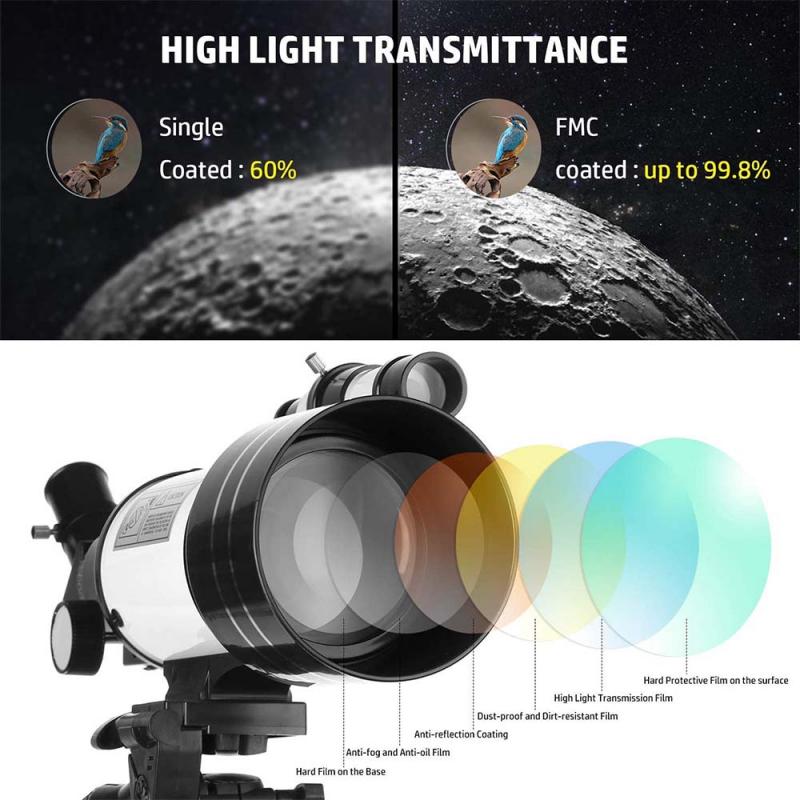
2、 Nebulae and star clusters
A 70mm telescope is a great tool for amateur astronomers who want to explore the night sky. With this telescope, you can see a variety of celestial objects, including planets, stars, and galaxies. However, one of the most exciting things you can see with a 70mm telescope is nebulae and star clusters.
Nebulae are clouds of gas and dust that are illuminated by nearby stars. They come in a variety of shapes and sizes, and they can be found throughout the night sky. Some of the most famous nebulae include the Orion Nebula, the Eagle Nebula, and the Ring Nebula. With a 70mm telescope, you can see these objects in stunning detail, revealing their intricate structures and colors.
Star clusters, on the other hand, are groups of stars that are held together by gravity. They come in two main types: open clusters and globular clusters. Open clusters are young groups of stars that are still surrounded by the gas and dust from which they formed. Globular clusters, on the other hand, are much older and contain hundreds of thousands of stars. With a 70mm telescope, you can see both types of star clusters, and you can even resolve individual stars in some of the closer clusters.
In recent years, astronomers have used advanced telescopes and instruments to study nebulae and star clusters in even greater detail. For example, the Hubble Space Telescope has captured stunning images of these objects, revealing their intricate structures and the processes that shape them. However, even with a modest 70mm telescope, you can still experience the wonder and beauty of these celestial objects firsthand.
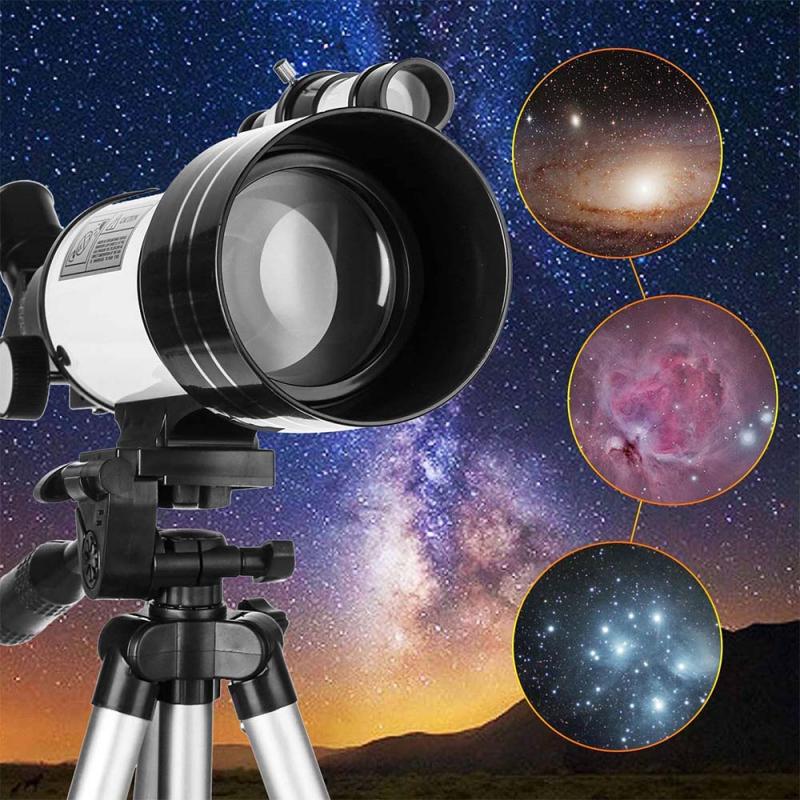
3、 Galaxies and their structures
With a 70mm telescope, you can see a variety of celestial objects, including planets, stars, and deep-sky objects such as galaxies. Galaxies are vast collections of stars, gas, and dust that are held together by gravity. They come in a variety of shapes and sizes, from spiral galaxies like our own Milky Way to elliptical and irregular galaxies.
Using a 70mm telescope, you can observe many galaxies and their structures. For example, you can see the spiral arms of the Andromeda Galaxy, which is the closest galaxy to our own Milky Way. You can also observe the bar structure of the barred spiral galaxy NGC 1300, which is located about 69 million light-years away from Earth.
Recent advancements in technology have allowed astronomers to study galaxies in more detail than ever before. For example, the Hubble Space Telescope has captured stunning images of galaxies, revealing their intricate structures and providing insights into their formation and evolution.
In addition to observing galaxies, a 70mm telescope can also be used to study their properties, such as their distance, size, and composition. This information can help astronomers better understand the universe and its evolution over time.
Overall, a 70mm telescope is a great tool for observing galaxies and their structures, providing a glimpse into the vast and fascinating universe beyond our own planet.
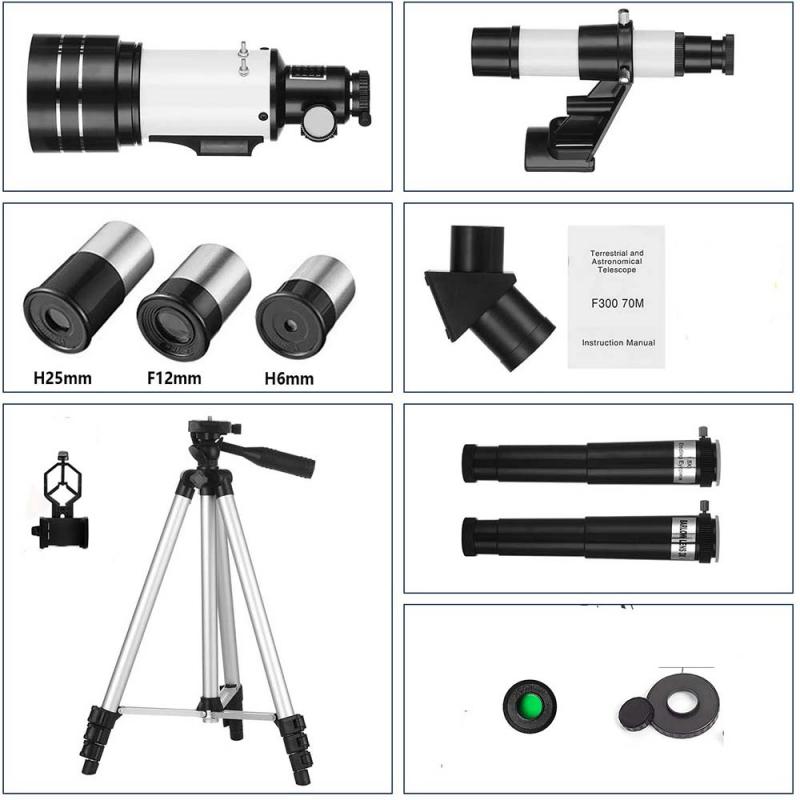
4、 Lunar craters and mountains
With a 70mm telescope, you can see a variety of celestial objects, including planets, stars, and galaxies. However, one of the most impressive sights you can observe with this telescope is the Moon. The Moon is the closest celestial object to Earth, and its surface features are visible even with a small telescope.
Using a 70mm telescope, you can observe the lunar craters and mountains in great detail. The craters on the Moon are formed by the impact of meteoroids and asteroids, and they range in size from a few meters to several kilometers. Some of the most prominent craters visible with a 70mm telescope include Tycho, Copernicus, and Plato.
In addition to the craters, you can also observe the lunar mountains, which are the result of volcanic activity on the Moon. The most famous lunar mountain range is the Apennines, which stretches for over 600 kilometers along the southeastern edge of the Mare Imbrium.
With the latest advancements in telescope technology, you can now observe the Moon in even greater detail. For example, high-resolution cameras can capture images of the Moon's surface with incredible clarity, revealing features that were previously invisible to the naked eye.
Overall, observing the Moon with a 70mm telescope is a fascinating experience that can provide a glimpse into the geological history of our nearest celestial neighbor.
